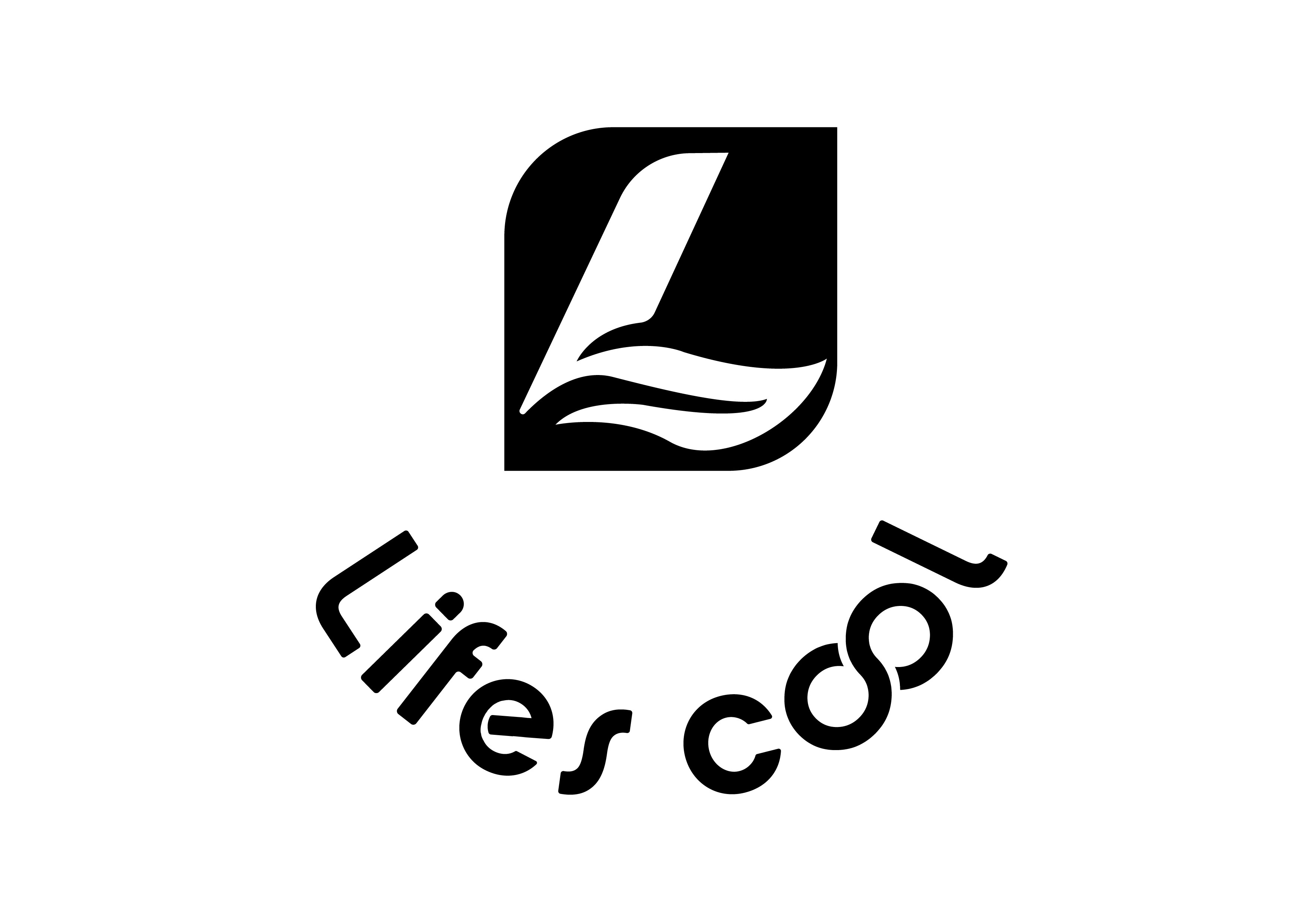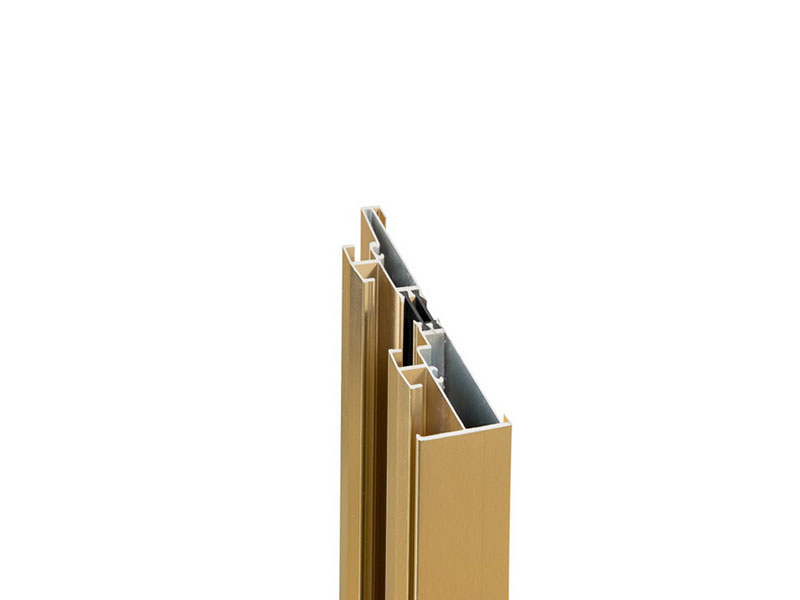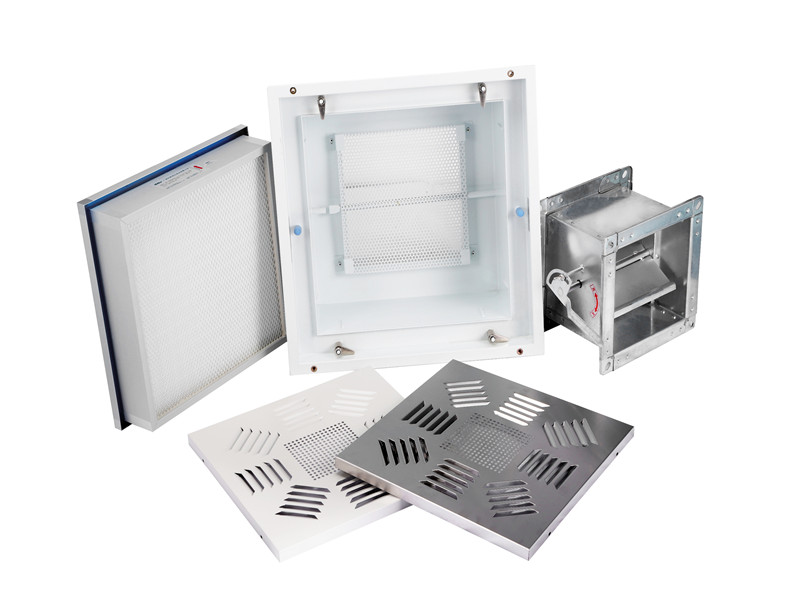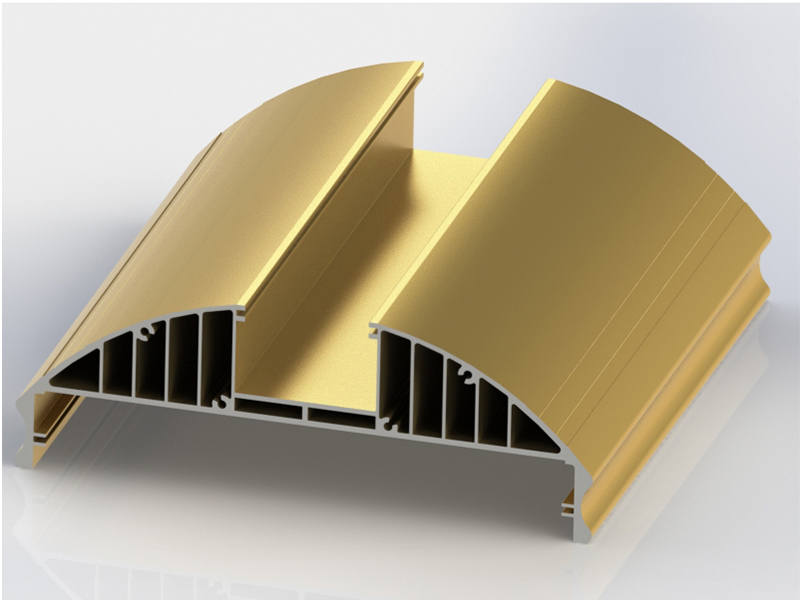
What are the main processes of electrostatic powder spraying for industrial aluminum profiles?
In order to improve the mechanical properties and corrosion resistance of industrial aluminum profiles, surface treatment is usually carried out during the production process, and electrostatic powder spraying is one of the surface treatment methods. In order to obtain a good coating, before applying electrostatic powder spraying It is necessary to perform surface pretreatment first, then spraying, and finally leveling and curing. The following is a simple analysis of the main processes.
First: surface pretreatment.
Because the industrial aluminum profiles is composed of many alloying elements, the newly produced industrial aluminum profiles has certain mechanical properties, but its anti-corrosion ability is not enough, and it is easy to react with oxygen and water in the air, resulting in a relatively loose The conversion film, plus other pollution, is even more unfavorable for processing and use. Therefore, in order to improve the adhesion between the aluminum substrate and the coating, the surface pretreatment must be carried out first, and the specific operation sequence is: degreasing; water washing ; Chemical transformation; water washing; drying.
The third step of chemical conversion in this operation is the key point. In order to produce a conversion film that is both corrosion resistant and good in bonding with the coating, chromizing and phosphorous chromizing are usually used. The chromizing film is also called yellow chromizing. , Because its film is yellow, and the phosphorous chromium film is green, so it is also called green chromium. However, these two methods are easier to operate. They can be sprayed or placed in a tank for etching. The film thickness is between 0.3-0.8g/m², which can achieve a good identification and transformation effect, but it also has its shortcomings. It will cause great harm to the human body. At present, there is also a chromium-free chemical conversion treatment method, but its oxide film is colorless and relatively thin, so it cannot achieve a good discrimination conversion effect.
The second is drying. The moisture on the surface of the aluminum profile is removed, and then the spraying process is carried out, so that no bubbles will be generated in the coating. The drying temperature is generally controlled within the range of 60-120℃. If the temperature is too high, it will cause the conversion film. Excessive water loss causes the film quality of industrial aluminum profiles to be loose.
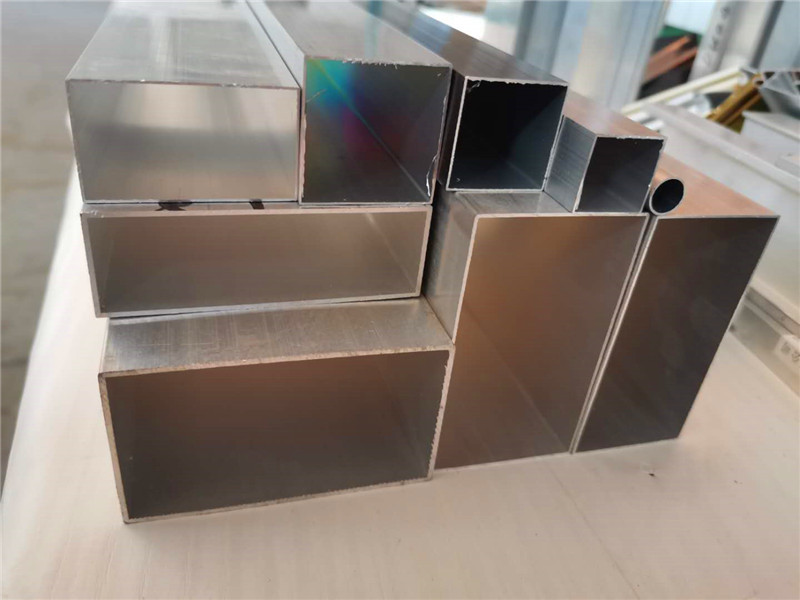
Second: electrostatic powder coating.
Electrostatic powder spraying uses compressed air to atomize the powder in the air. The powder is adsorbed on the surface of the aluminum profile by using the electrostatic adsorption capacity. The compressed air must be purified, because the air with water or oil will make the powder damp and affect it. The atomization effect will also make the coating surface uneven. During curing, due to the increase in temperature, defects such as pinholes occur on the surface of industrial aluminum profiles, which not only fail to prevent corrosion, but also make these defects become corroded places. In severe cases, it may even affect the coating. The appearance quality, but the powder that is not adsorbed should be recycled in time, otherwise it is easy to be damp or polluted, which will affect the recycling and reuse.
Third: leveling and curing.
The sprayed aluminum profile should enter the leveling and curing process as soon as possible to prevent dust from adhering to the surface. Sufficient spacing should be maintained to avoid collisions between industrial aluminum profiles and powder falling, which affects the coating quality, leveling and curing time And the temperature should be determined according to the type of paint, and the temperature of the baking oven should be kept uniform.
